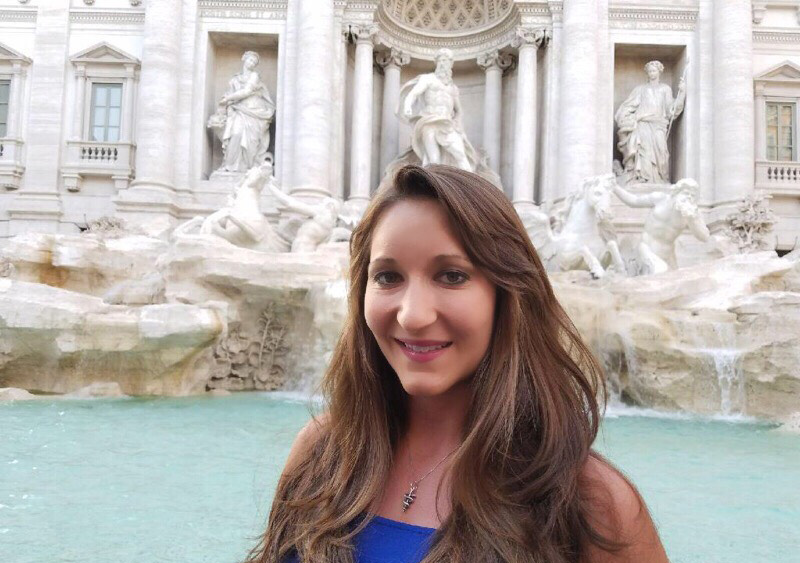
Veterinarians do more than care for our cats and dogs; they also help protect our food supply.
Third-year Colorado State University veterinary students Malinda DeBell and Joelene Kronz spent part of their summer in Italy touring with other veterinary students around the world to learn more about food safety and public health best practices from some of the best in Europe.
Veterinary educators at the University of Padova invited 10 American veterinary students, including the two from CSU, and Italian students to attend a two-week course to learn best practices of animal welfare, contamination and decontamination of meat, bioethics, and more while also experiencing cultural exchange. “Europe excels in this area. Veterinarians there are very educated in food safety and public health,” said DeBell.
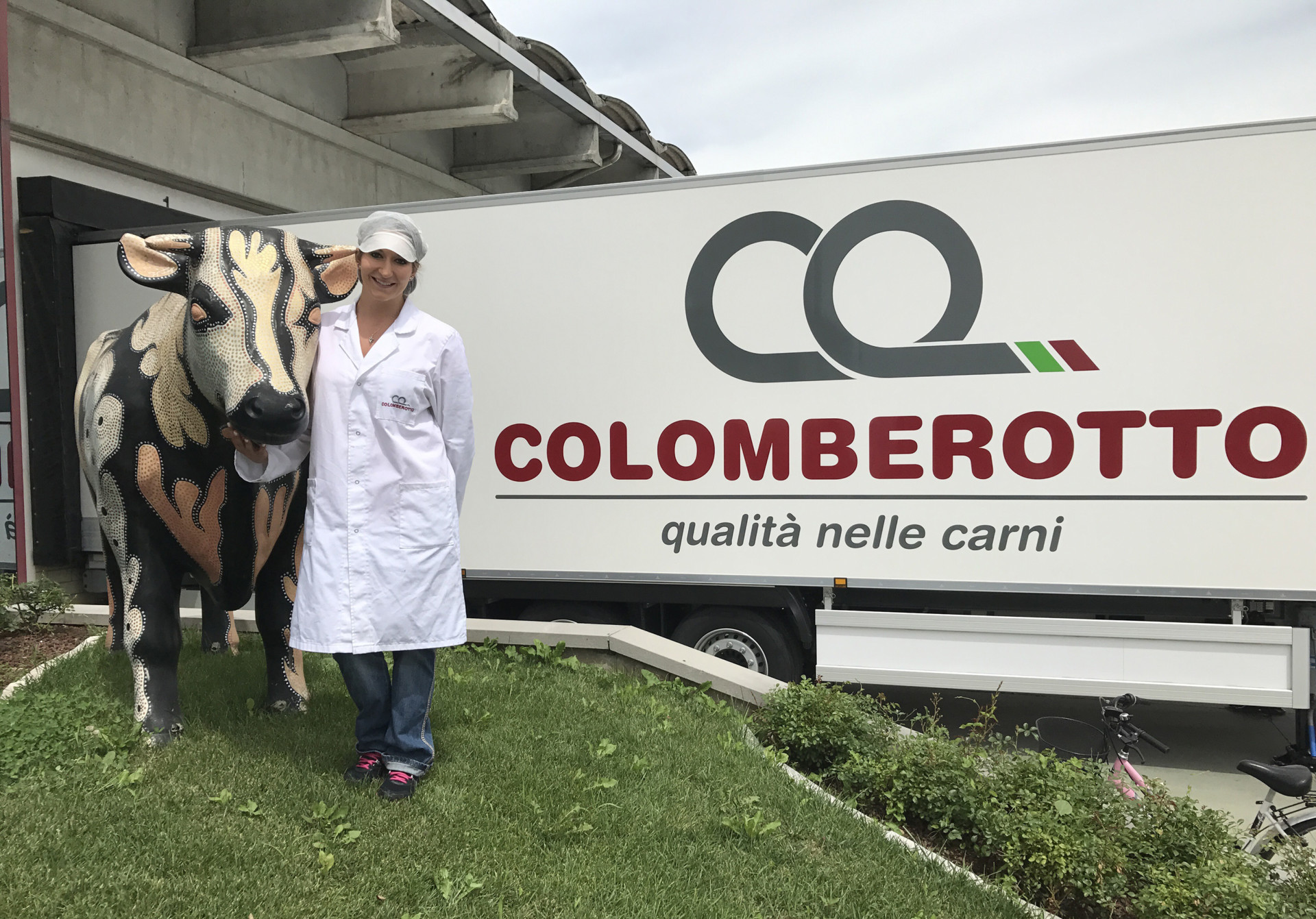
The students went on four field trips to a safari park, fish processing facility, chicken facility, and beef plant.
The beef plant DeBell visited tracks where the cattle come from and what the cattle eat prior to slaughter. The plants use their own breeding stocks, pastures, and crops and grains to raise the cattle. “It was really unique seeing a traceability sticker on a slab of beef.”
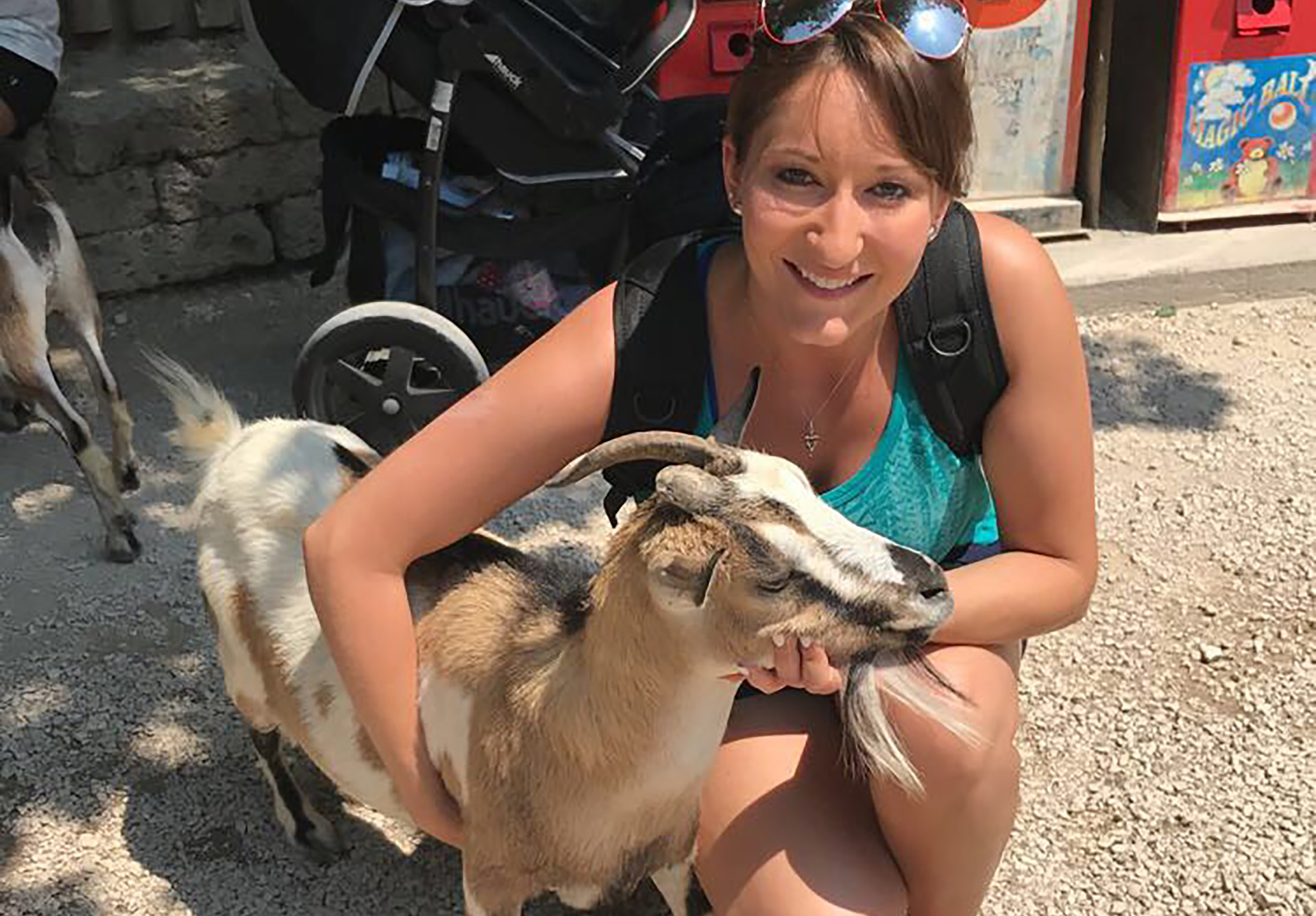
Yes, the safari park was home to lions, tigers and bears. The group learned about animal welfare, including enrichment activities.
“The interesting part is most of the animals don’t have any physical boundaries, but they all stay in their own area,” DeBell said. “There were some retaining walls, but there weren’t any issues among the animals. They all stick to their own habitat. Goats were running the property.”
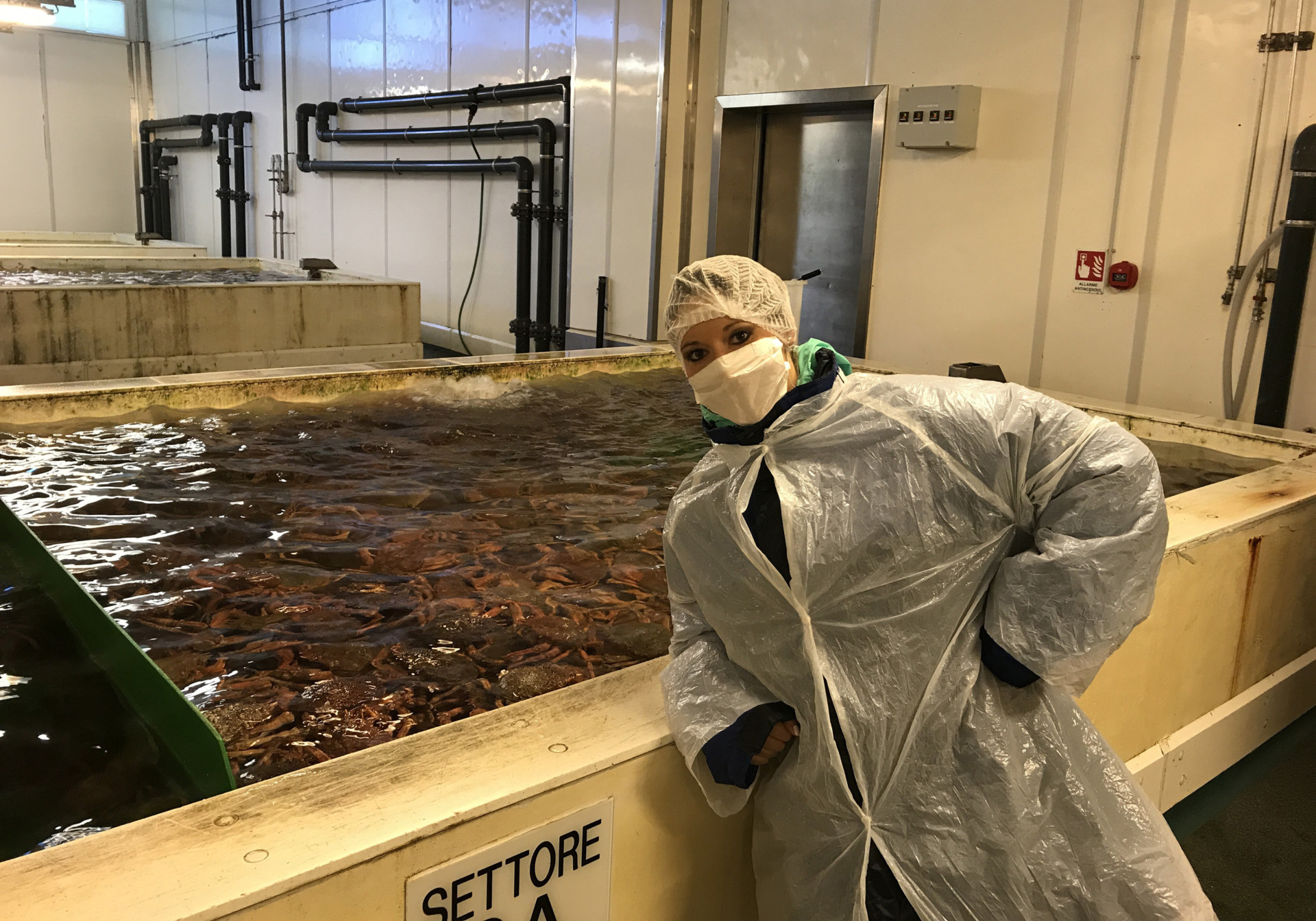
“It was unique to see no bacteria, allergens, or pathogens in the fish coming into the plant. The fish are also processed to leave as ‘ready to eat products’,” said DeBell. “We checked products by spoilage level. If it spoils faster, there’s a higher pathogen load. We discussed the difference between bacteria that cause spoilage and the bacteria that actually cause food poisoning and disease.”
The students also learned how to find and identify different parts of the fish, including the meat and organs.
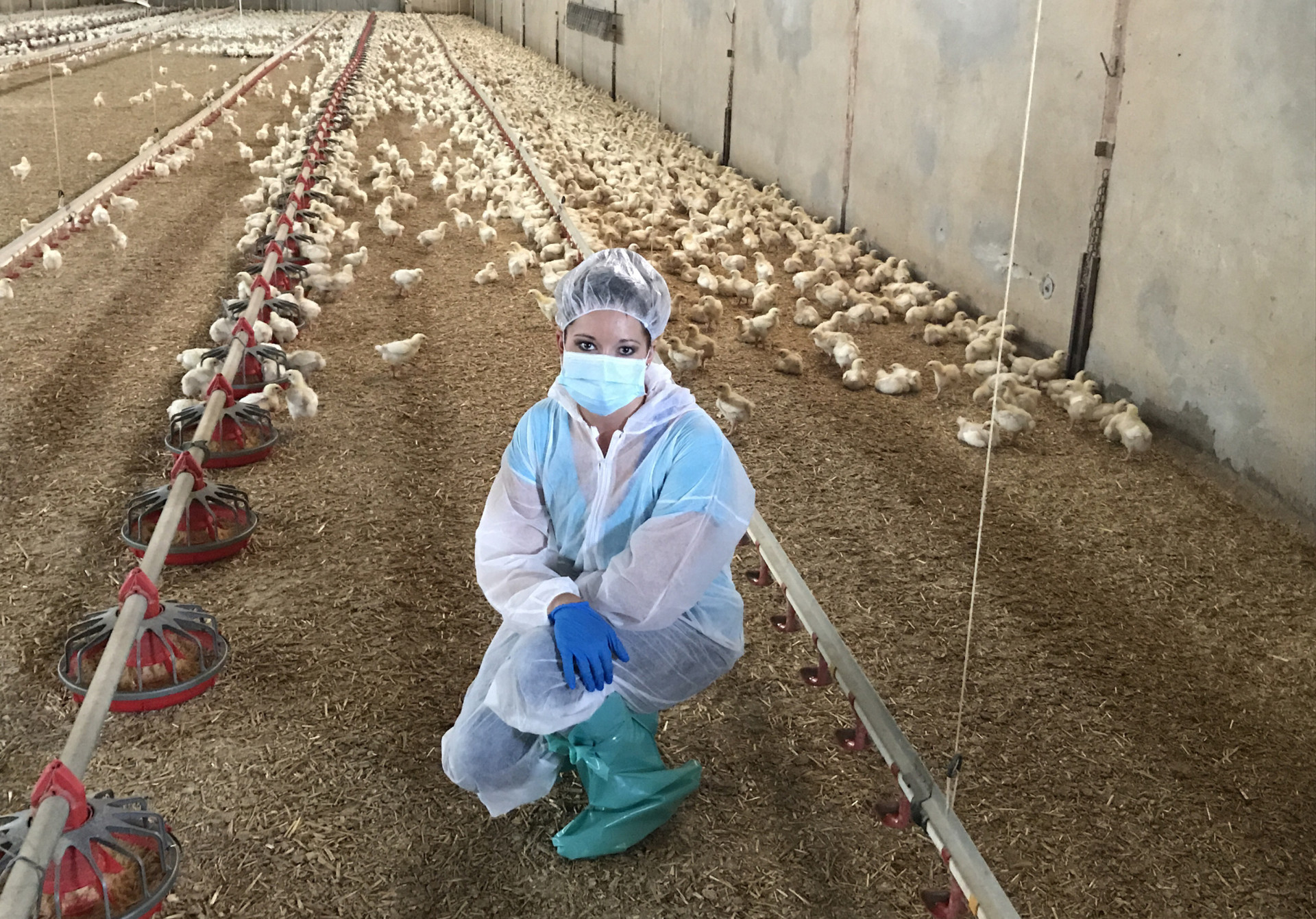
On their final field trip, the students visited a chicken facility where they observed a necropsy, learned about husbandry standards, and saw the systems that manage the chickens’ habitat.
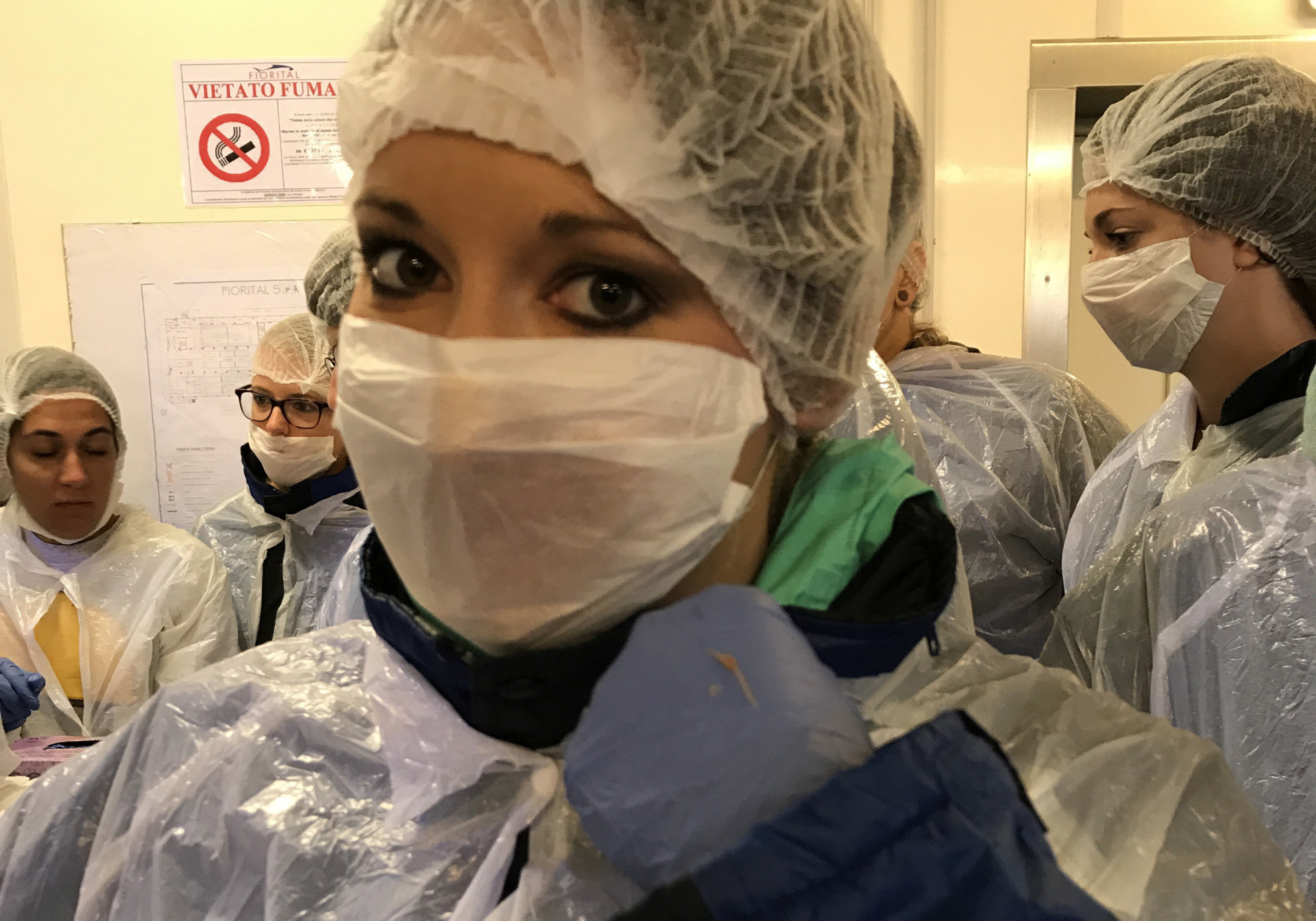
“In class, we tested the marketing of the cheese. If they marketed the mozzarella cheese as being buffalo mozzarella, it had to be 100-percent buffalo mozzarella. We tested to find fraud in buffalo, cattle, and goat cheese, and we did find a few frauds,” DeBell said.
“We had lectures from university professionals, and experts researching and working in the field,” she added. “They talked about everything from European and American food safety government regulations to food production, as well as food-borne pathogens and bacteria.”
“I had the opportunity to speak to the Italians in the class about the current Veterinary Feed Directive in the United States. I discussed how this new regulation was implemented into our production system.”
DeBell first got exposure to food safety from her mom, a health inspector, who took her daughter to help inspect school lunchrooms and kitchens. “She would sit me down and say, ‘Count the flies.’ It was very good experience for me,” said DeBell.
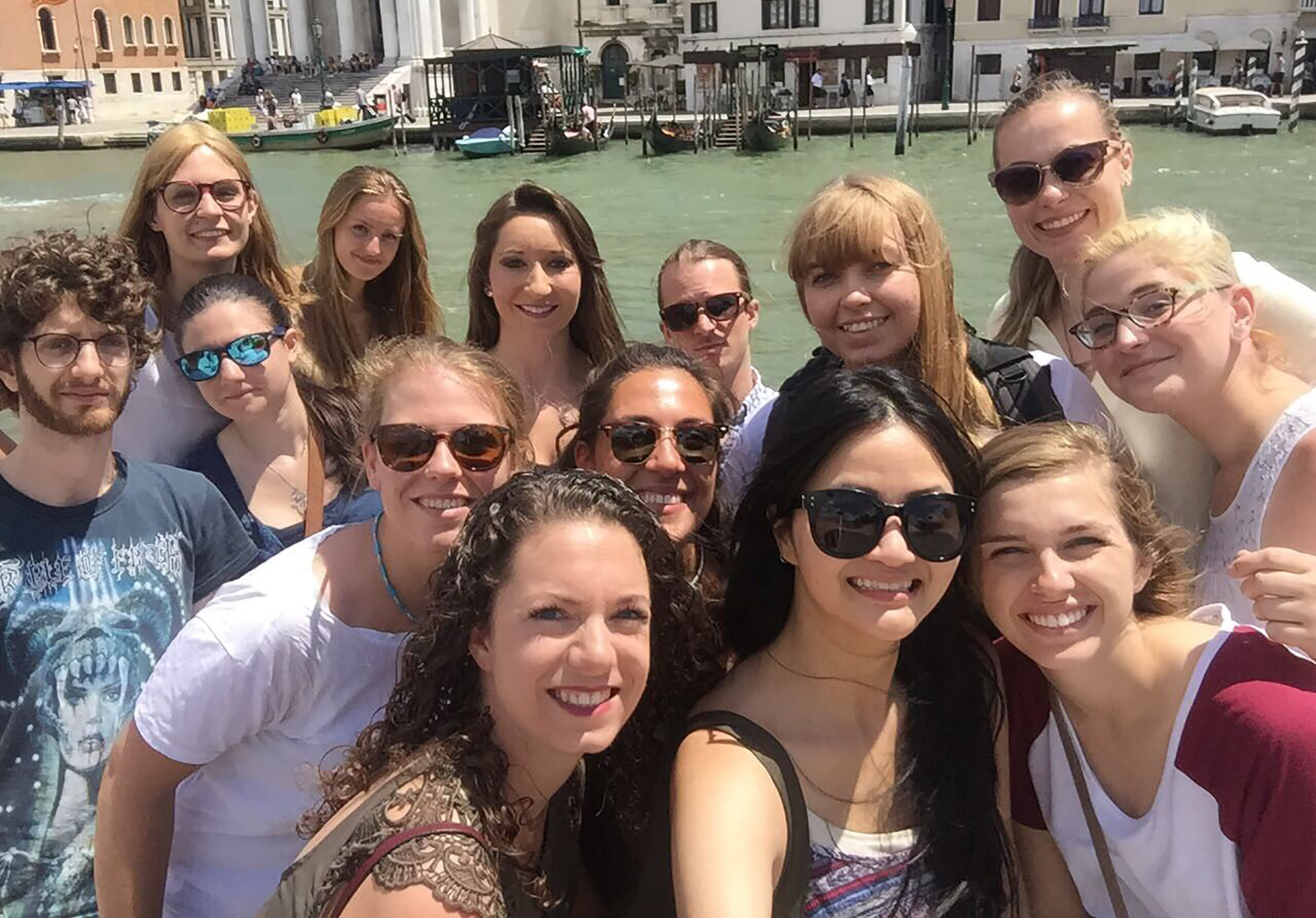
The students were funded by CSU’s College of Veterinary Medicine and Biomedical Sciences, CSU’s Research and Opportunities in Food Animal and Medicine Fund, and Zoetis. “I’m so thankful for the support from the University. Joelene and I probably wouldn’t have been able to attend this without CSU’s support professionally and financially. It made me proud to be a CSU student,” DeBell said.
“We broke down divisions and boundaries of communication and culture despite living across the world from each other, and we were able to work together and learn about different experiences from each other,” DeBell said.